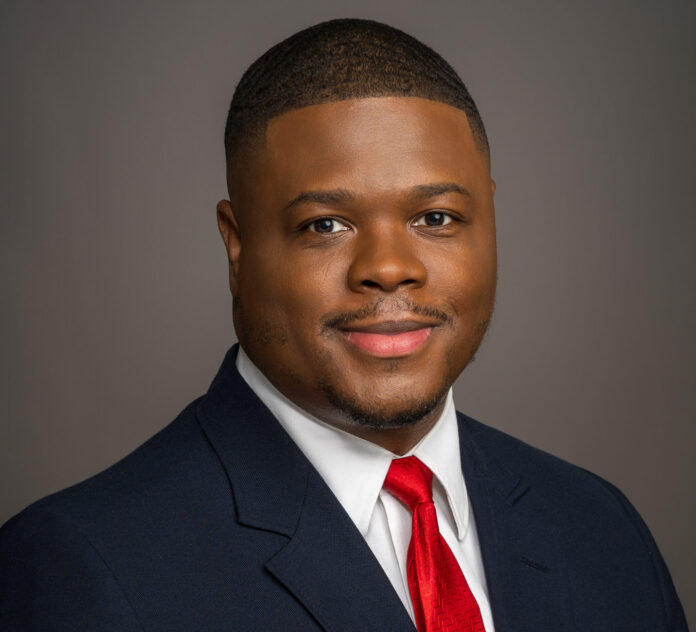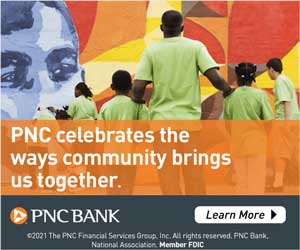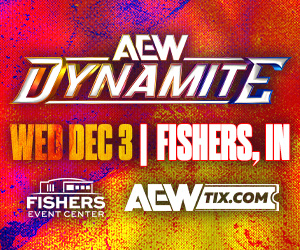By JOTY ALLISON
Have you ever wondered what makes some organizations, churches or charities so great at fundraising? The answer is not simple, but it is often connected to their ability to maintain a robust development program.
In the nonprofit world, development typically refers to fundraising and building donor relationships, while in the for-profit world, it might mean business development and strategic partnerships – but in both cases, it’s about driving growth.
Throughout my career, I have worked with local and global organizations on both the nonprofit and for-profit sides, helping them achieve growth through strategic partnerships, capital growth initiatives and multi-million-dollar expansions. What I have learned is that the differences between most nonprofits and for-profits are not as great as people think. Both thrive when they have a strong focus on development and are committed to growing their mission or business.
A development program is more than just the ability for a person to make donation requests or discuss with a company why they should partner with you. When done correctly, development is a skilled art form of meticulously building relationships over time, communicating the organization’s story, products and services, and generating resources that will create opportunities for your organization.
Organizations, whether for-profit or non-profit, must be intentional about creating a culture of growth within all areas of their business. Everyone from the CEO to frontline workers should understand the mission and be able to convey it passionately to potential supporters.
When people within an organization can confidently speak about their individual program and connect it to the larger mission with clarity, enthusiasm and joy, it shows that the organization has successfully tapped into the inner development leader that exists in every team member.
No matter what type of institution you are running (for-profit, nonprofit, religious, etc.), if you made it this far into the reading, you’re probably wondering, “What does a ‘robust development program’ actually look like in practice?”. Regardless of the size of the organization, there must be a relationship builder.
“Meaningful relationships take time to build and produce, so an organization must be equipped to play the long game.”
A strong organization will invest in a development officer who has the sole purpose of connecting with stakeholders across all levels. Meaningful relationships take time to build and produce, so an organization must be equipped to play the long game.
Secondly, an effective development team is a team of strategists and executors. Too often, development teams are stuck in the inescapable cycle of ideation and not implementation. Strategic processes and planning tend to be research-driven and data-reliant, with the aim of still driving cultivation while planning future growth and expansion. This leads me to my third point, data and tools.

There are a variety of Customer Relationship Management (CRM) tools available that might meet your needs. Finding the best CRM tool for your organization is key to developing long-lasting relationships and tracking the progress of your supporters.
Having a strong data model will accelerate your ability to do research on your market and grow your portfolio or list of constituents. The more information you collect, the more informed your strategies will be and the higher success rates your development team will have.
Lastly, a robust development program should have a clear, concise and repeatable story. What message are you conveying to your broader audience, and why is this message important to them? Getting a donation or business deal is not the end of the relationship; it’s the beginning of a longer journey.
“How you engage with your constituents is how they will engage with you.”
High-performing organizations put strong emphasis on stewardship by thanking supporters, keeping them updated on progress and involving them in the mission over time. How you engage with your constituents is how they will engage with you.
No matter if your constituency consists of 40 tithe-paying members or 100 Fortune 500 companies, you must find what is important to them and what keeps them committed to your work to keep that fire ignited in them.
Thesecret behind those organizations that seem to effortlessly fundraise and expand isn’t luck. It’s the strong development teams and strategies working behind the scenes.
Nonprofit or for-profit, the principle holds: nurture the connections that drive your mission, and your mission will thrive. As a development professional, I’ve seen firsthand that when you commit to these practices, the sky becomes your base.
Rev. Joty T. Allison is a business development, fundraising strategist, and ordained clergy with more than 20 years of experience helping organizations grow through strategic partnerships, capital campaigns, and sustainable development planning. He can be reached at joty.allison@outlook.com.






